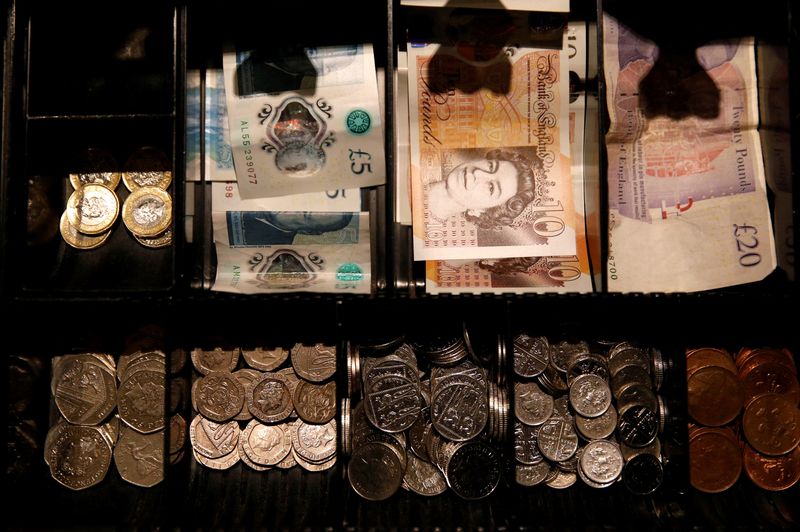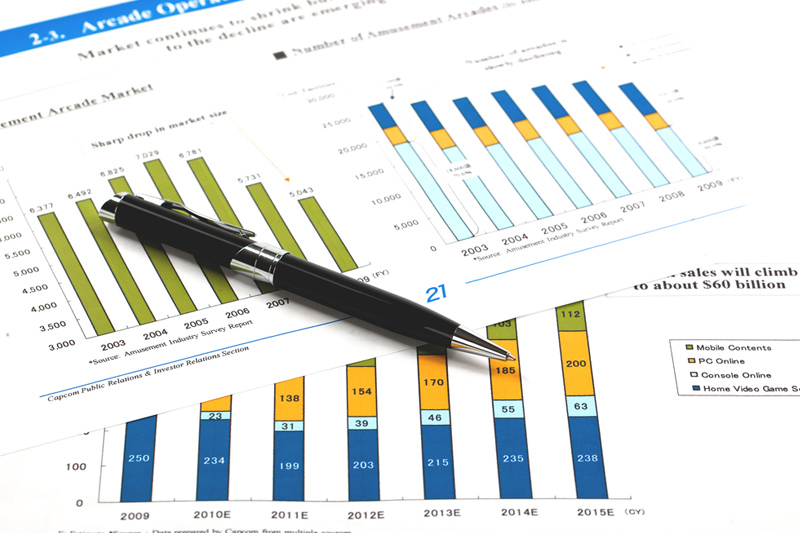(This July 17 story has been corrected to change the company name in paragraph 7 from BNY Mellon (NYSE:) to BNY)
By Amanda Cooper and Dhara Ranasinghe
LONDON (Reuters) – The pound hit a one-year high on Wednesday, driven by investors seeking juicier returns as global interest rates start to fall. But strategists say it will take more than higher interest rates to hold the pound.
Data on Wednesday showed British inflation is proving to be more stubborn than many expected, prompting traders to scrap their bets on a rate cut in August and send the pound above $1.30 for the first time since last July.
Unlike the euro and even the dollar, the pound has not been shaken by domestic politics, but rather has been boosted by a new government that many hope can draw a line under years of unpredictable policies and volatile British markets.
Growth is also starting to improve in Great Britain. On Tuesday, the International Monetary Fund raised its estimate of British economic growth this year to 0.7%, up from 0.5% in its last forecast in April.
But at the heart of this latest leg higher in the pound is the belief that UK yields will take longer to fall than elsewhere.
Many major central banks have started cutting interest rates. The Bank of England and the US Federal Reserve are among the last remaining dominoes, although the latest signals from the latter are that September is shaping up as the starting point for a decline in US yields.
“It really depends on what you think is driving the pound: are expectations of the BoE rate cuts being pushed back or are expectations of the Fed rate cuts being pushed forward?” That’s according to Geoff Yu, senior macro strategist at BNY.
“The fact that the cable price is above $1.30 and sterling has risen against the euro indicates that a repricing has taken place.”
On Wednesday, Britain’s King Charles presented Prime Minister Keir Starmer’s plans to revive the economy, with a focus on delivering new homes and infrastructure projects.
RALLIES EVERYWHERE
Sterling’s rally has been broad, pushing the euro, which fell 0.1% to 83.93 pence on Wednesday, to a two-year low.
The pound is up 2.3% against the dollar this year and sits comfortably in pole position among the major currencies. The second place, the euro, is still down 1%.
On a trade-weighted basis, the pound has recovered all losses since the Brexit referendum at the end of June 2016.
So the background looks more favorable on paper.
A major problem is Britain’s budget situation. Britain’s national debt is expected to exceed 100% of gross domestic product and the government has little room to raise taxes or cut spending.
“We are in the most interest rate sensitive market I can remember, and the latest UK CPI figures do not raise hopes for a rate cut in August,” said Kit Juckes, head of FX strategy at Societe Generale (OTC:).
“I don’t think the pound will go very far because the economy doesn’t have much legs, but there is so much uncertainty in the world that there is stability with a new government (and that has helped (the pound),” he said.
A hung parliament in France and political turmoil in the US presidential race, with the attempted assassination of Republican candidate Donald Trump and doubts over incumbent President Joe Biden’s ability to stay in office for another four years, have raised tensions expands global markets. .
The BoE meets on August 1 and traders expect less than a 40% chance of a rate cut, compared to around 50% on Tuesday.
UK rates are expected to end this year at around 4.75%, down from 5.25%, above US rates, which are between 4.50 and 4.75%, and in the Eurozone, which is approximately 3.30%.
Higher UK interest rates mean investors can enjoy higher returns on UK assets than in any other jurisdiction, helping to cement the pound’s position as the top asset – at least for now.

“Despite the odds, we still find it difficult to predict a more significant strengthening of the pound,” said Commerzbank (ETR:) strategist Michael Pfister, citing uncertainty over the government’s ability to really turn things around. change for the economy and the possibility that the BoE could take a less cautious approach to interest rate cuts.
“Given these risks, we expect the pound to rise only slightly. However, as it becomes clearer that these risks are less likely to materialize, the pound should benefit (even more),” he said.


